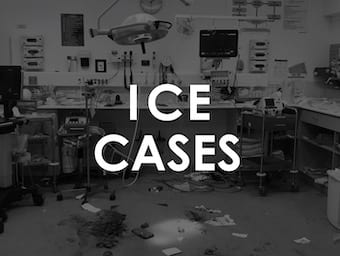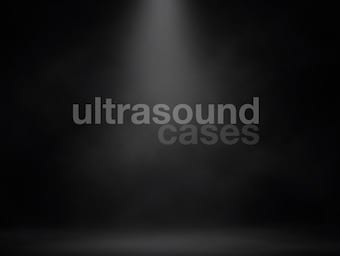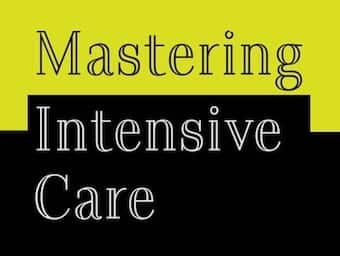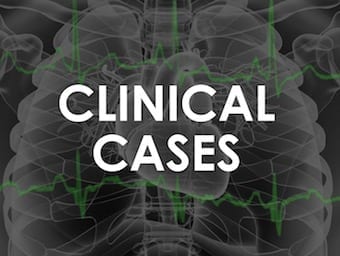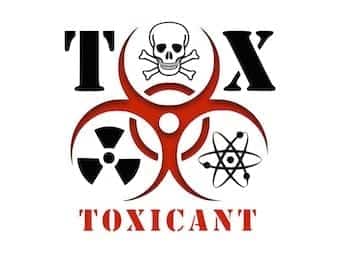
Mercury toxicity
Fortunately mercury poisoning is very rare. The risk of toxicity depends on the type of mercury you have been exposed to. Elemental mercury is found in thermometers, barometers, paints, and pigments, these are benign presentations unless aerosolised

